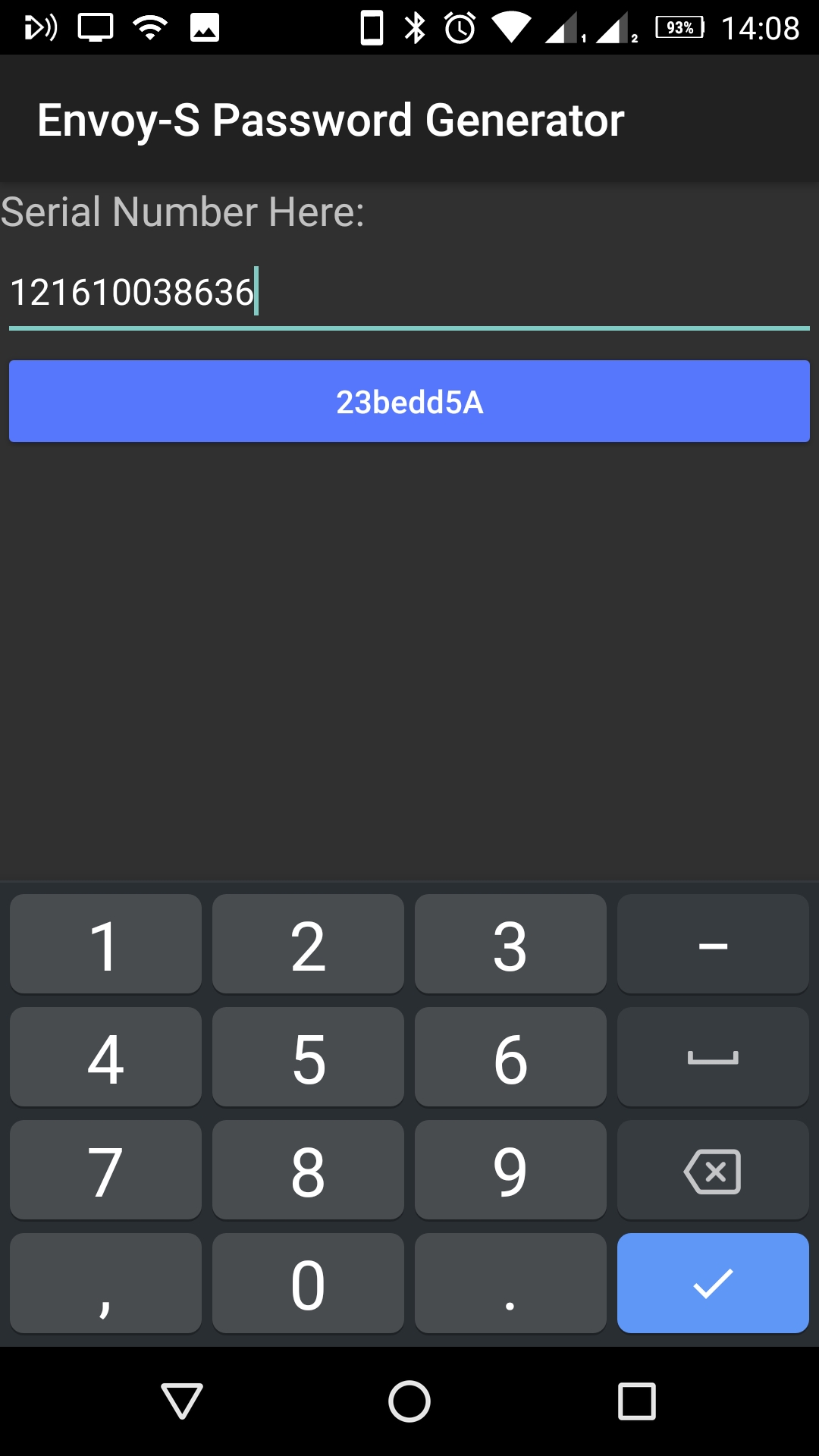agarg
New Member
Folks
AFAIK, the micro inverters require a grid or a battery-backup grid to produce power. If grid fails, the micro inverters will shut down even if they have plenty of sun light for energy production.
When the Micro inverters are connected to the utility grid, it assumes that their is an infinite energy sink, in which they dump all their energy.
However, when the micro inverters are connected to a transfer switch where the energy is serving the load, and then storing the balance into battery. However, what it produces and stores in the battery is limited by the charging capability of ESS.
In a case, where the combiner box out put is 6KW, the load is 2KW, and the ESS can transfer 3KW to battery, it has 1KW of spare to send to the grid. When there is a grid outage, this energy has no where to go.
What I have learned is when there is a grid outage, the battery based nano-grid uses a frequency shift to control the power output of upstream PV inverters. My SMA Sunnyboy storage does that too and, I am sensing that my NEP micro inverters BDM-800 may not be responding to that frequency shift.
I am unable to get a good knowledgeable response NEP and my web search has not yielded any help either.
Does anyone have any pointers on what might I be doing wrong?
Much appreciate.
PS: SMA Sunnyboy Storage documents have following explained as attached.
AFAIK, the micro inverters require a grid or a battery-backup grid to produce power. If grid fails, the micro inverters will shut down even if they have plenty of sun light for energy production.
When the Micro inverters are connected to the utility grid, it assumes that their is an infinite energy sink, in which they dump all their energy.
However, when the micro inverters are connected to a transfer switch where the energy is serving the load, and then storing the balance into battery. However, what it produces and stores in the battery is limited by the charging capability of ESS.
In a case, where the combiner box out put is 6KW, the load is 2KW, and the ESS can transfer 3KW to battery, it has 1KW of spare to send to the grid. When there is a grid outage, this energy has no where to go.
What I have learned is when there is a grid outage, the battery based nano-grid uses a frequency shift to control the power output of upstream PV inverters. My SMA Sunnyboy storage does that too and, I am sensing that my NEP micro inverters BDM-800 may not be responding to that frequency shift.
I am unable to get a good knowledgeable response NEP and my web search has not yielded any help either.
Does anyone have any pointers on what might I be doing wrong?
Much appreciate.
PS: SMA Sunnyboy Storage documents have following explained as attached.



